When you first put on Meta's Ray-Ban Display glasses, they feel remarkably unremarkable. That's exactly the point. At just 69 grams, these glasses successfully disguise groundbreaking AR technology inside what looks like a perfectly normal pair of Ray-Bans. But here's what's fascinating, and a bit troubling: while Meta has cracked the code on making AR glasses that don't scream "I'm wearing a computer on my face," recent teardown analyses reveal they've also created another premium device that's essentially destined for the electronic graveyard.
The company is pushing forward with two distinct approaches that reveal different philosophies about wearable computing's future. The Ray-Ban Meta Gen 2 focuses on enhanced battery life and 3K video recording for everyday enhancement, while the Display model introduces a high-resolution in-lens display working with the Meta Neural Band for true augmented reality. This dual strategy is Meta's bet on different adoption curves, but it also raises serious questions about whether cutting-edge wearable tech has to come at the expense of device longevity.
What makes the display technology so revolutionary?
Let's start with what Meta has actually achieved here, because it's genuinely impressive. These are the first mainstream AR glasses with a built-in display since Google Glass, and the execution is leagues beyond what Google attempted over a decade ago. That invisibility trick required solving fundamental engineering challenges that Google couldn't crack. The micro-display system projects images onto the inside of the right lens, appearing as a virtual 13-inch screen, and the waveguide display remains completely undetectable from the outside, which solves the "Glasshole" problem that killed Google's social acceptance.
The technical specs back up the wow factor. The system delivers 42 pixels per degree resolution with a maximum brightness of 5,000 nits, so you can actually see the display in bright sunlight, the real world test earlier AR attempts flunked.
Here's how the magic happens: the integrated 600x600 optical display works with a micro-projector to beam information directly onto the lens, and imperceptible mirrors within the waveguide system distribute images across the viewing area. Floating text, directions, notifications, they become a seamless extension of your vision without anyone else knowing you're looking at a screen.
What really strikes me is how Meta packed waveguide optics, micro-projectors, processors, cameras, speakers, and batteries into something that weighs barely more than regular glasses. It feels like the miniaturization breakthrough that makes true AR wearables viable for mass adoption.
How does the Neural Band change everything?
Now here's where things get properly sci-fi. The Meta Neural Band uses electromyography (EMG) to measure muscle activity at the wrist, detecting electrical signals based on intended actions. Think about that for a second. You're controlling your glasses through small hand movements and finger gestures without touching anything. It reads your muscle intentions through electrical signals, turning your nervous system into a wireless interface.
Meta did not put all their eggs in the neural interface basket, because revolutionary input methods need familiar backups to go mainstream. The control system is refreshingly multi-modal: users can also interact through touch panels on the glasses' arms, voice commands, and traditional gesture detection. Smart redundancy, because sometimes one input method just isn't practical.
The functionality scope positions these as genuine smartphone replacements for specific tasks. The glasses can deliver notifications, video, photos, calls, and directions, and they support integration with WhatsApp, Messenger, Instagram, Spotify, Audible, and other popular applications at launch. It's not just a tech demo. It's designed to handle your daily digital interactions.
The privacy setup suggests Meta learned from the Google Glass backlash. An LED indicator activates whenever the camera is recording, and the capture LED provides different signals, blinking for still images and remaining illuminated during video recording. That tackles one of the biggest social concerns about face-mounted cameras.
What's the real cost of this innovation?
Here's where the story takes a frustrating turn. Despite all this incredible engineering, the Ray-Ban Meta glasses contain a fatal design flaw: non-replaceable batteries. Just like all rechargeable batteries, the ones powering these glasses have a limited lifespan, and teardown analysis reveals that battery replacement requires an extremely complicated procedure. When they die, your expensive smart glasses become expensive regular glasses.
The environmental math is sobering. The production phase of electronics can account for up to 85% of their lifetime environmental impact, so every device that gets tossed early represents massive wasted resources. The scale is accelerating at an alarming rate, electronic waste is increasing at a rate five times faster than documented recycling efforts can handle.
The numbers make it plain. In 2022 alone, the world generated 62 million tonnes of e-waste, and only about 30% of cobalt from electronics gets recovered. Now add price to the picture. The current Display model carries a $799 price tag, with reports suggesting upcoming smart glasses models will reach $1,000, and the waste becomes both environmentally and economically problematic.
Think about it. You're buying an $800 device that will inevitably become useless not because the technology is outdated, but because a relatively inexpensive battery component can't be replaced. Planned obsolescence, dressed up as miniaturization.
Why does the industry keep repeating this pattern?
What's maddening is that Meta's choices in other categories prove they understand repairability principles, they just apply them inconsistently. The glasses themselves showcase remarkable internal design: they weigh just 48.6 grams with sophisticated internal architecture, with the right temple containing a 154 mAh battery alongside capacitive touch sensors and wireless antennas, while the left temple houses the main system PCB with 32 GB of flash memory and a Qualcomm Snapdragon AR1 Gen 1 processor.
The generational improvements are real. The second-generation glasses upgraded still image capture from 5 to 12 megapixels, improved video recording from 720p to 1080p with livestreaming support, and expanded storage capacity from 4 GB to 32 GB. The enhanced speaker array now includes virtual surround sound playbook, and a five-microphone array enables advanced ambient noise reduction.
Then comes the contradictory evidence that gives the game away. In their Quest 3 VR headset, Meta reverted to easily accessible and replaceable batteries for the controllers. They acknowledge that while these batteries won't last as long as high-capacity lithium-ion cells, they're easier to replace without risking damage. So the company can design for longevity when form factor constraints are less severe, they are just choosing miniaturization over sustainability in their glasses line.
Where do we go from here?
The market validation for this technology is real and growing. EssilorLuxottica announced sales of 2 million pairs in the first year, targeting a 10 million-per-year run rate by 2026, and the limited-edition transparent version sold out immediately at $429. People clearly want this technology, and Meta's execution addresses most of the social and practical barriers that killed previous attempts.
The underlying technology foundation shows real maturity. AI features include real-time language translation and AI View, which visually identifies objects and provides additional information, and the glasses maintain IPX4 moisture resistance for everyday durability. Battery life reaches six hours of active use, with the charging case providing an additional 24 hours. That's impressive for first-generation AR display technology.
Both current models are designed to transform how users capture moments, communicate, and utilize AI, serving slightly different purposes, the Gen 2 for daily enhancement, the Display model for true AR functionality. It's a smart product strategy that acknowledges different user needs and adoption curves, positioning Meta to capture both conservative and early adopters.
But the sustainability contradiction remains glaring and inexcusable. Meta's product design contradicts their marketing claims about environmental responsibility. The company has created another product destined for early obsolescence, despite having the technical expertise and resources to design for longevity.
As consumers and industry observers, we're at a crossroads that will define the future of wearable computing. Do we accept that breakthrough AR technology requires sacrificing device sustainability? Or do we demand that companies like Meta, who clearly have the engineering chops to solve complex miniaturization challenges, apply that same innovation to making their devices repairable and long-lasting?
The future of AR wearables shouldn't require choosing between amazing technology and responsible design. Meta's Ray-Ban Display glasses prove they can achieve the former, now we need them to tackle the latter with equal determination.




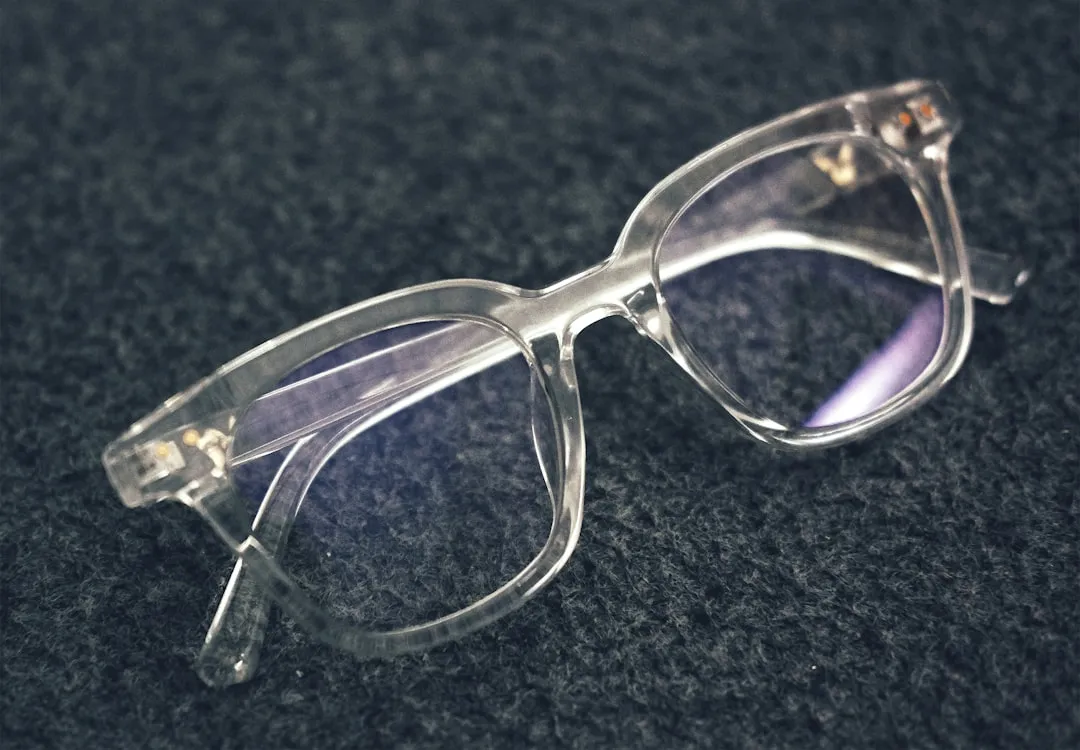
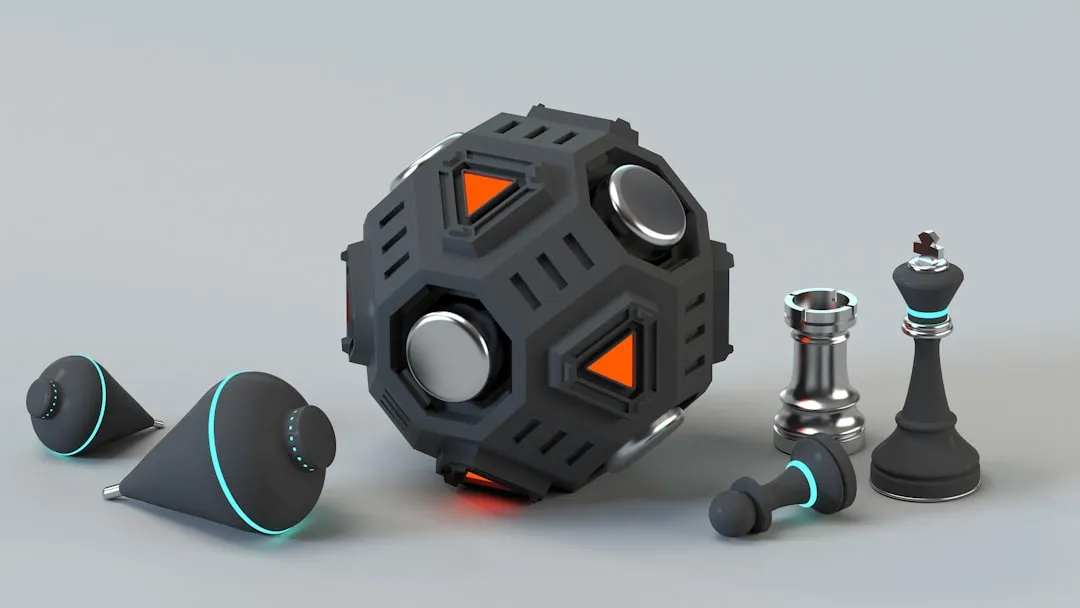
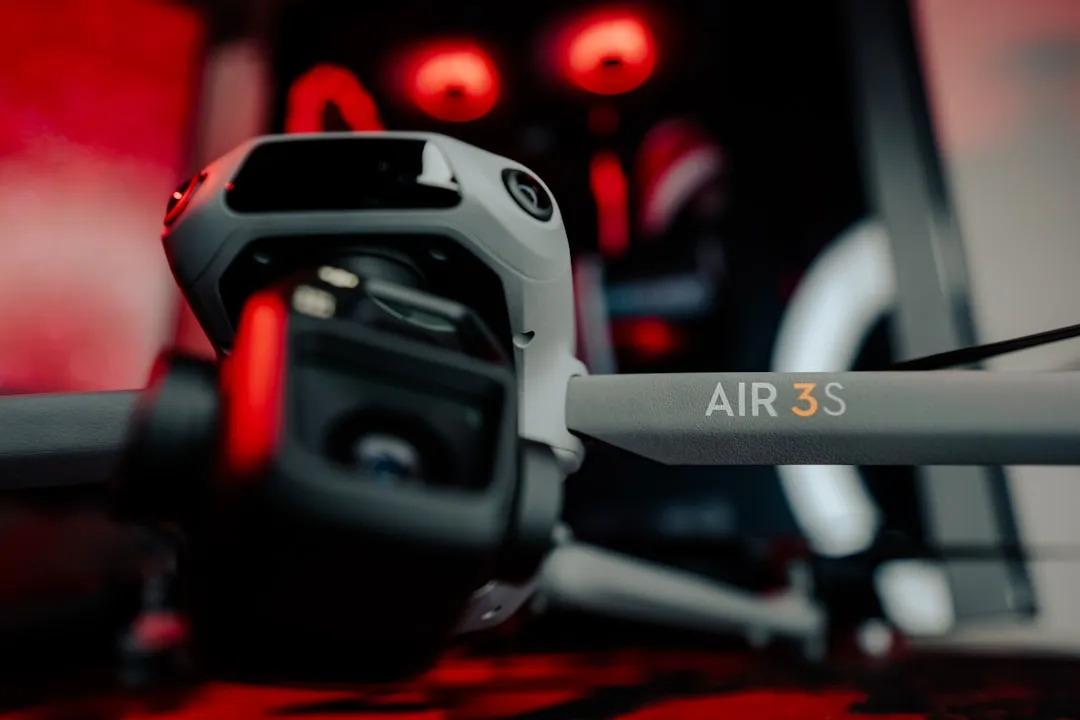

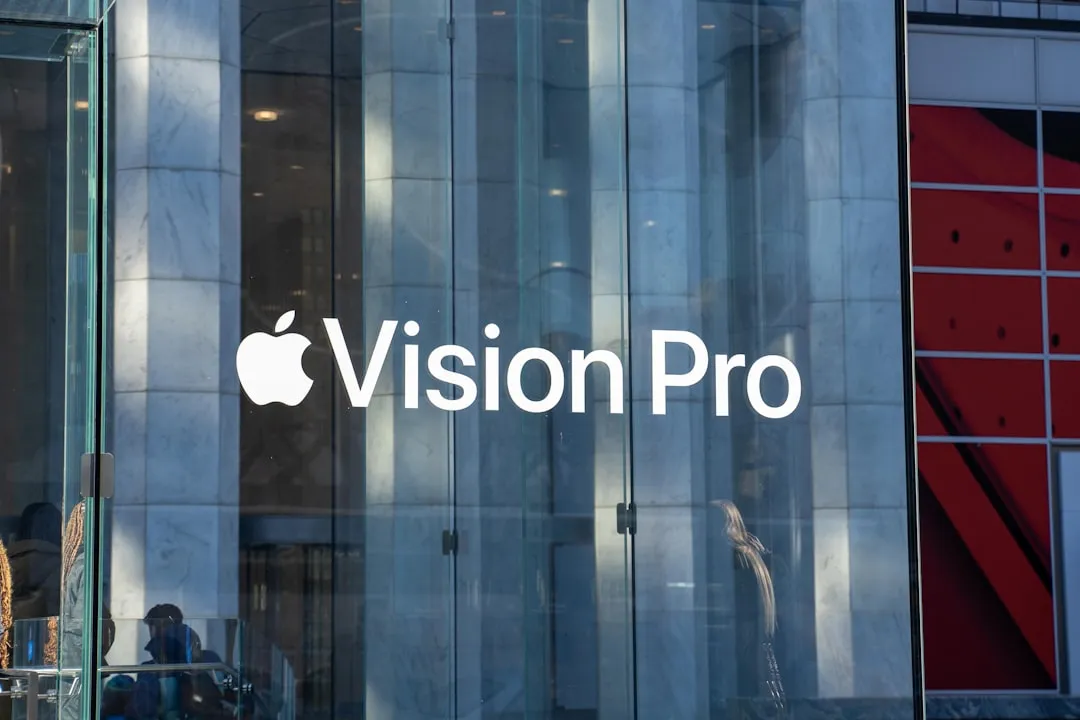

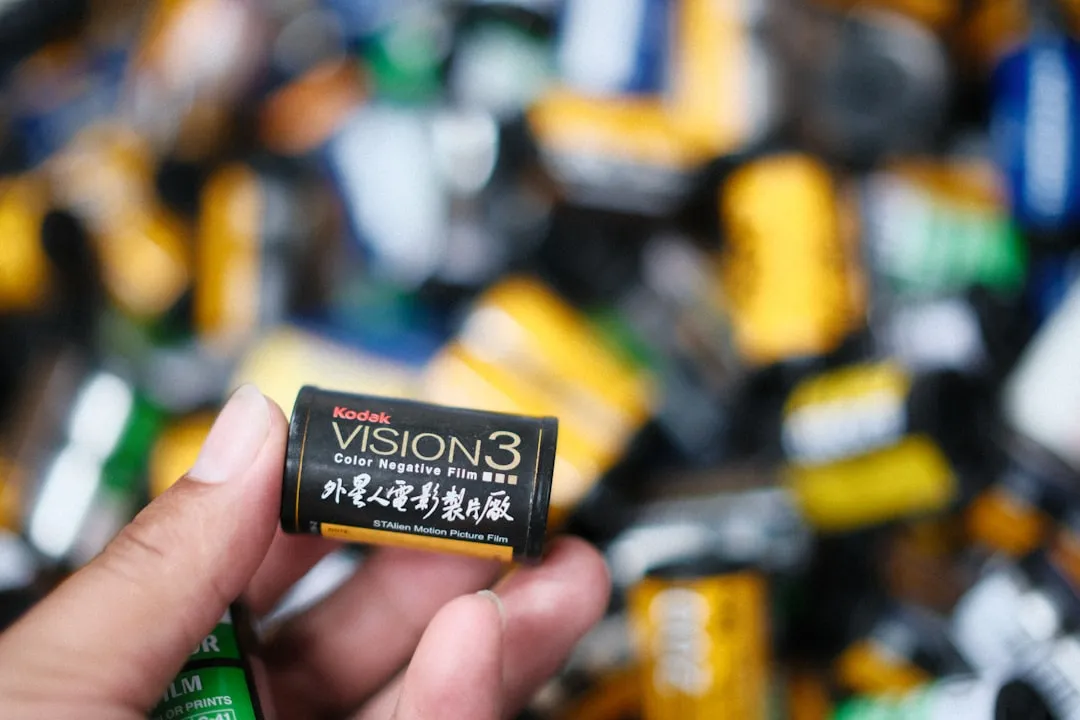
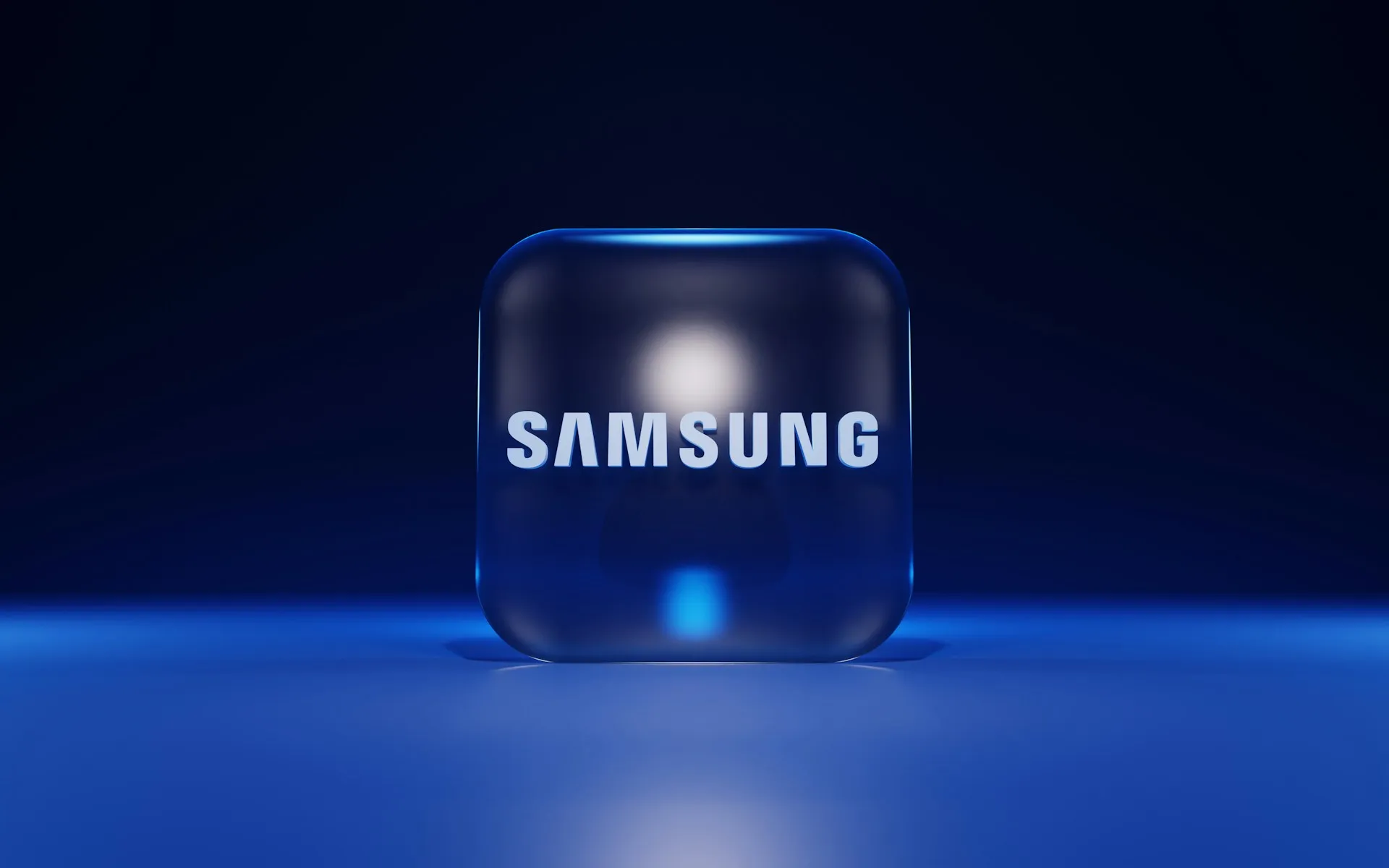

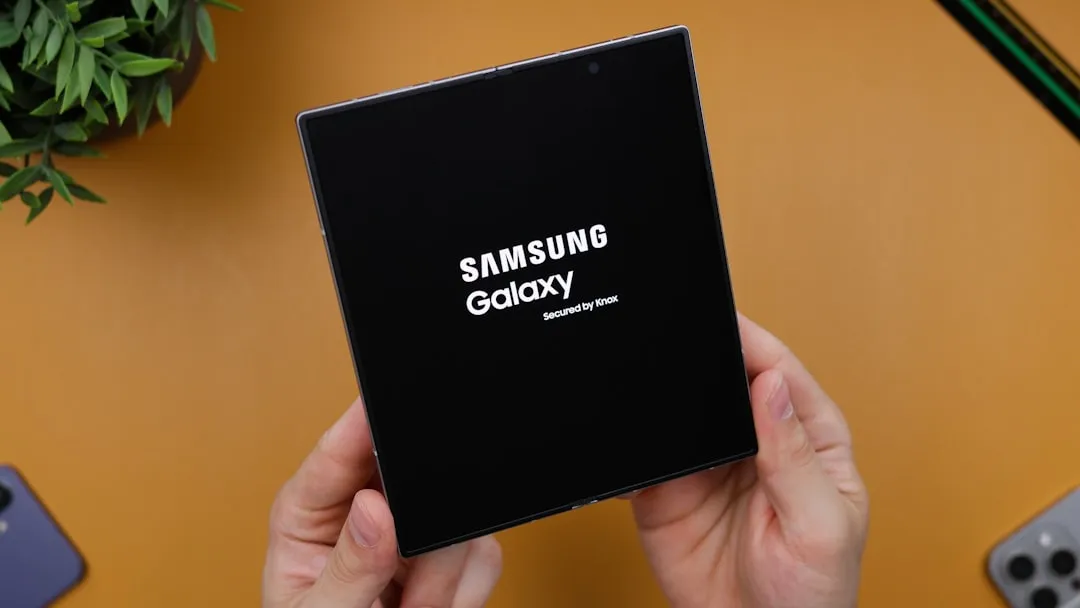



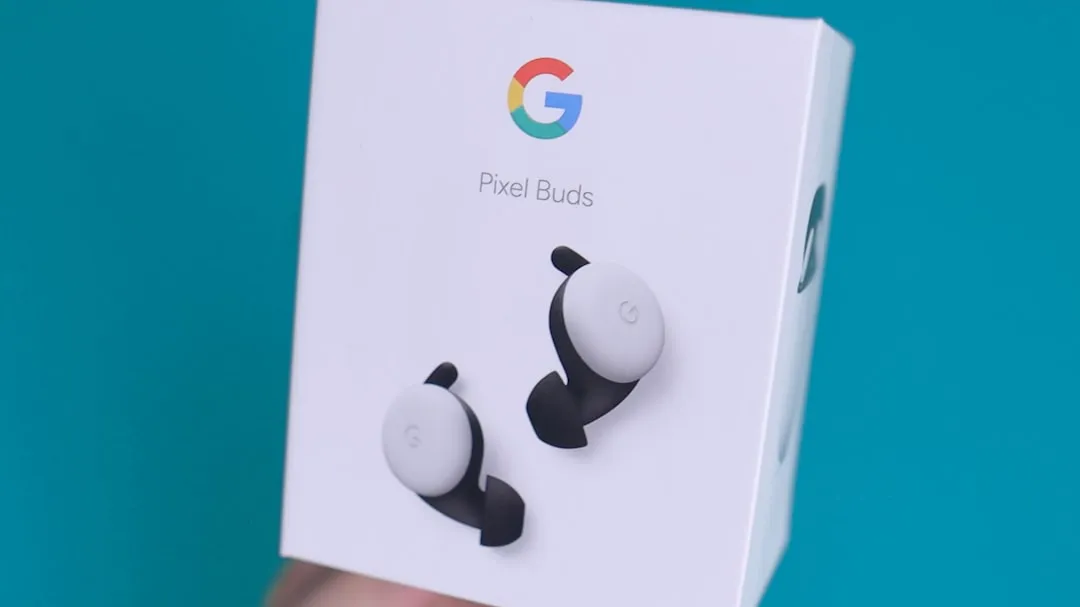

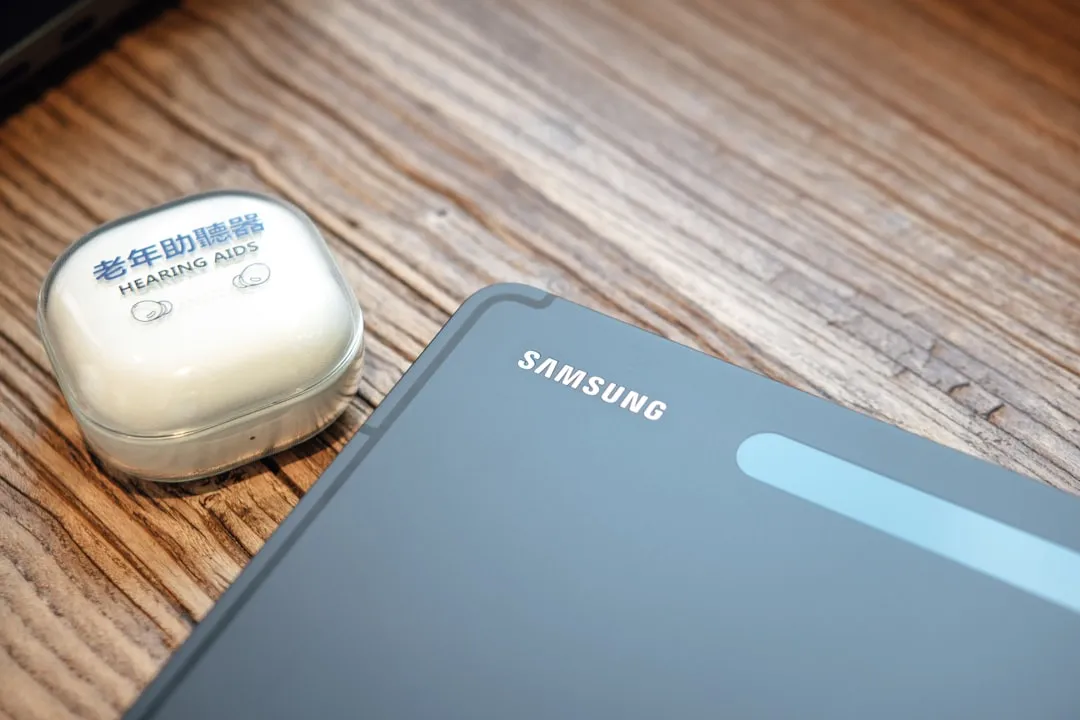

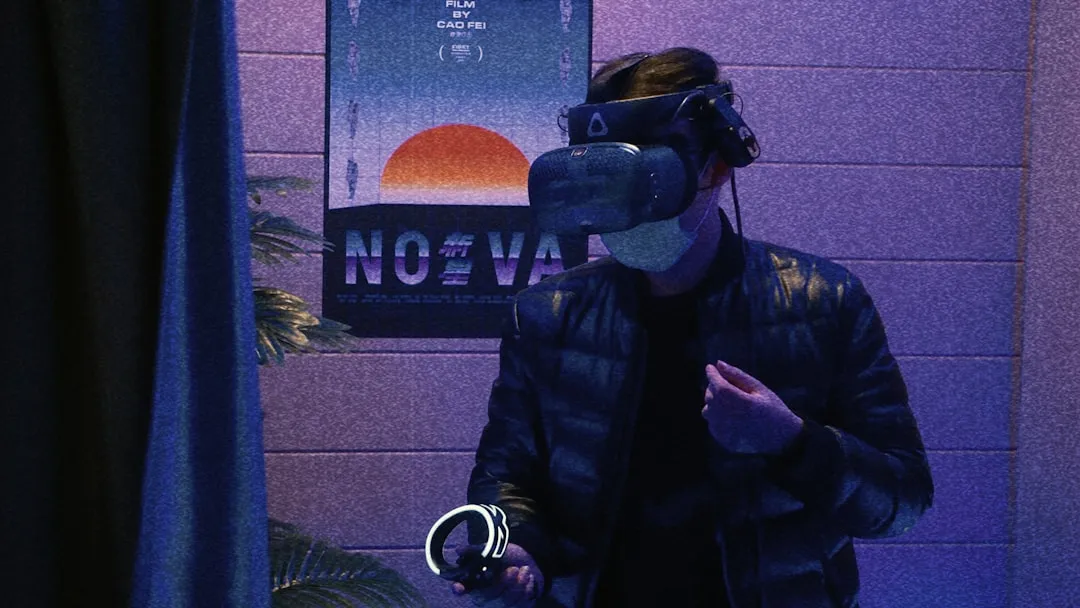
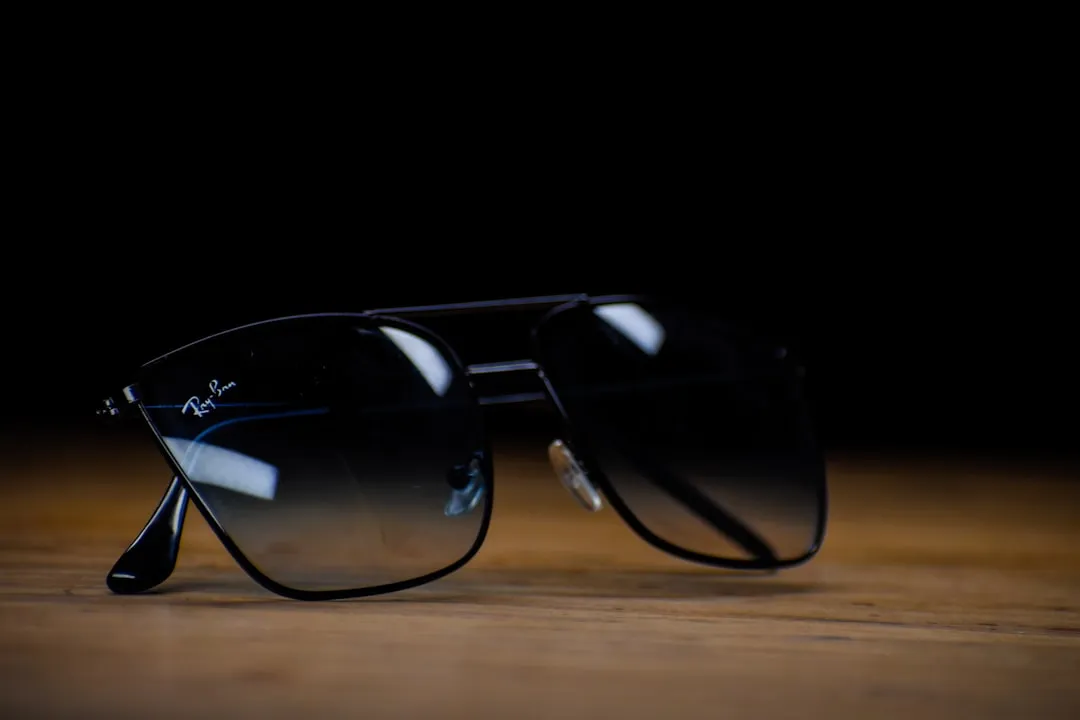
Comments
Be the first, drop a comment!